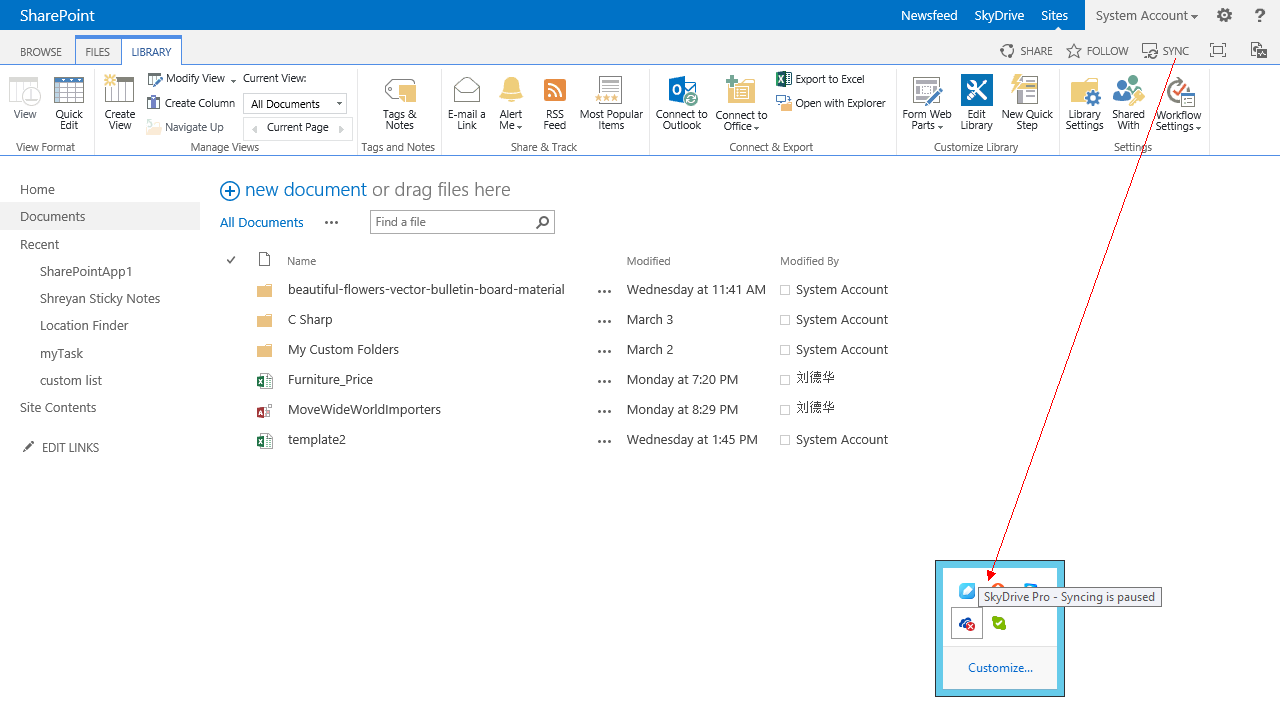
- #Cannot connect to the jamf pro server try connecting again install#
- #Cannot connect to the jamf pro server try connecting again full#
Note: All of the commands referenced below should be run as the logged-in user. Select /Applications/Utilities/Terminal.app.ġ3. Click the lock icon in the lower left corner of the preference panel and authenticate with an admin account’s credentials.ġ2. Choose the Security & Privacy preference pane.ĩ.
#Cannot connect to the jamf pro server try connecting again full#
Note: If you are running macOS Mojave or macOS Catalina, you will also need to run steps 6 through 13 to enable Terminal to have Full Disk Access. Identify the self-signed certificate which Safari stored in the keychain. Open /Applications/Utilities and launch Keychain Access.appĤ. To fix this, I used the following procedure:Ģ. But after doing that for first instance, I couldn’t then connect to the others because of HSTS. What that meant is that for the first instance, I was given the option of storing the SSL certificate in my login keychain and I could thereafter connect to the first instance. Because I had multiple ESXi test instances and wanted to use the same domain name for each, I had multiple unique self-signed SSL certificates which all happened to share the same DNS name:
#Cannot connect to the jamf pro server try connecting again install#
In my case, the certificate change is because I was switching between test instances of VMware’s ESXi hypervisor, which includes a web admin console which by default is protected by a self-signed certificate which is generated when you install ESXi. For more details, please see below the jump. However, what if the certificate changing is known behavior and you know that proceeding is safe? It’s possible to re-set Safari’s behavior, but it’s not intuitive. The result is Safari immediately terminates the connection and displays an error message like the one shown above. Since the self-signed certificate stored in your login keychain and the SSL certificate being received don’t match each other, that tells Safari that the certificate being received can’t be trusted.
One of the requirements of HSTS as implemented by Safari is that if the security of the connection cannot be ensured, Safari must terminate the connection and should not allow the user to access the web application. The reason that this message appears is because Safari is using HTTP Strict Transport Security, otherwise known as HSTS. Safari can’t open the page because Safari can’t establish a secure connection to the server “”. However, what happens when the SSL certificate changes but keeps the same subject name? At this point, connections from Safari to the site will fail with an error message similar to the one described below: With this certificate now marked as trusted, Safari will allow you to visit the website. If you choose to proceed anyway, Safari will store the self-signed certificate in your login keychain and mark it as trusted. Safari will also give you the option of proceeding anyway.



 0 kommentar(er)
0 kommentar(er)
